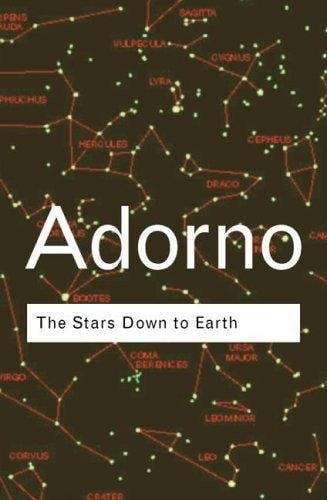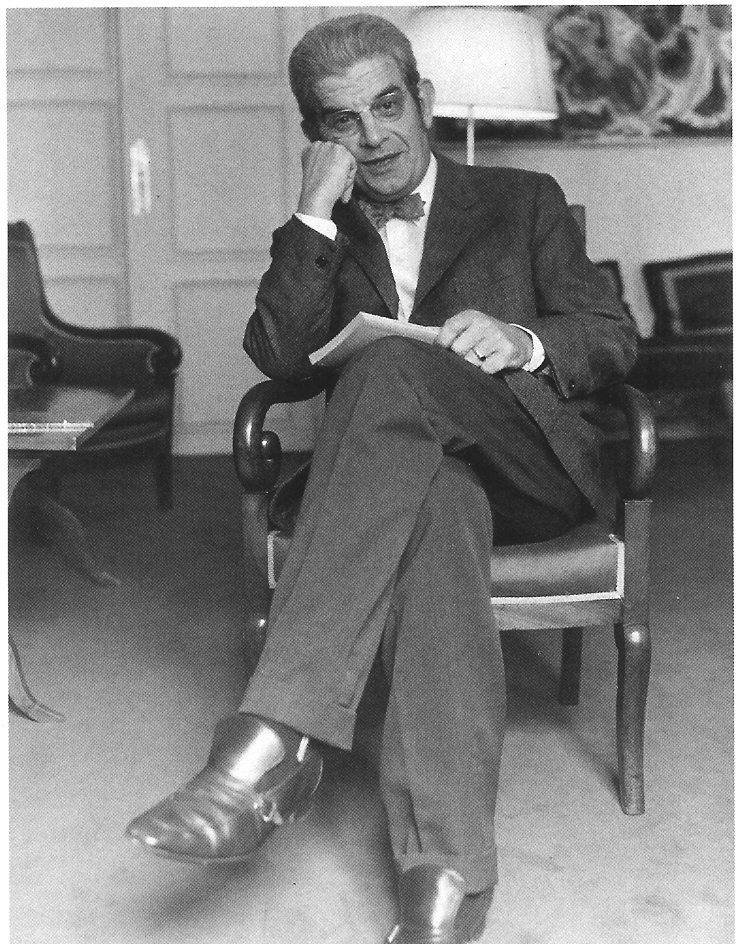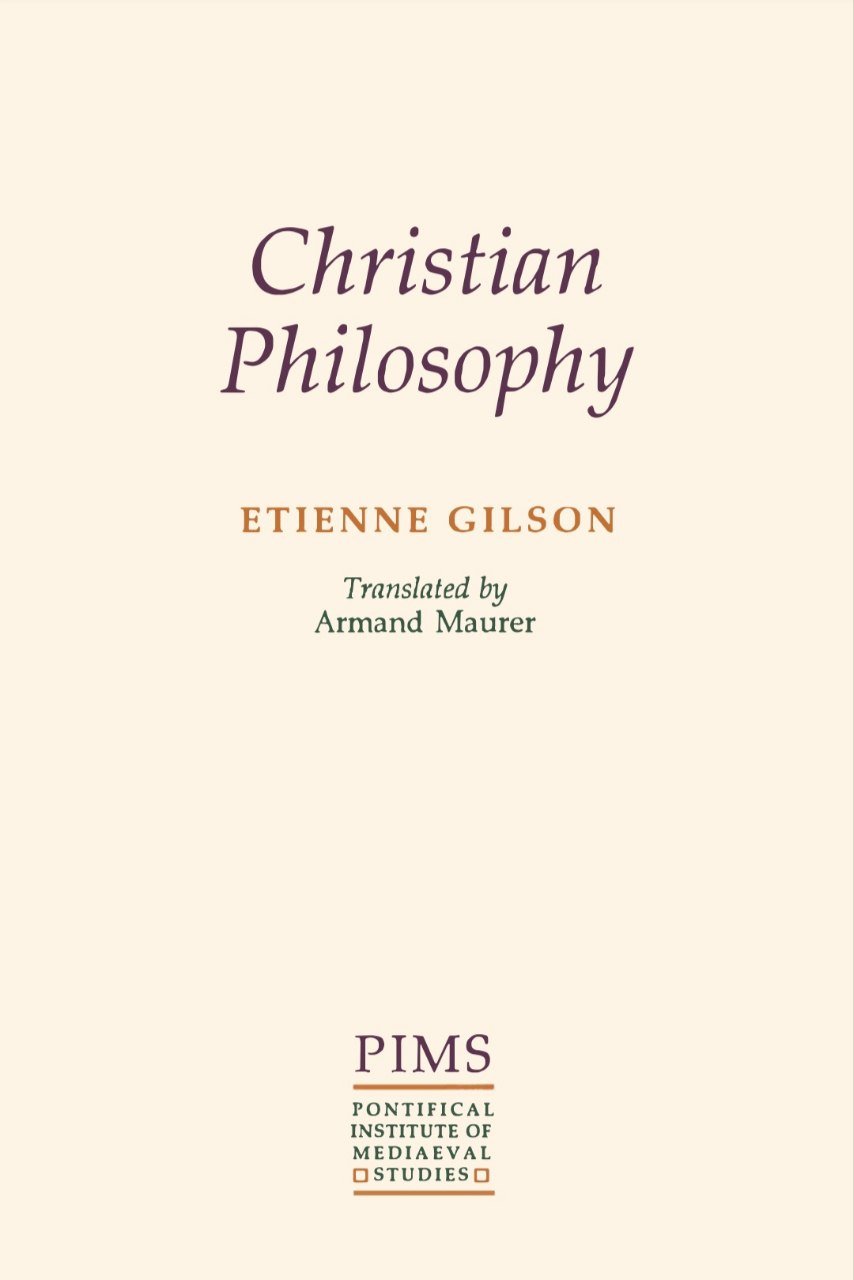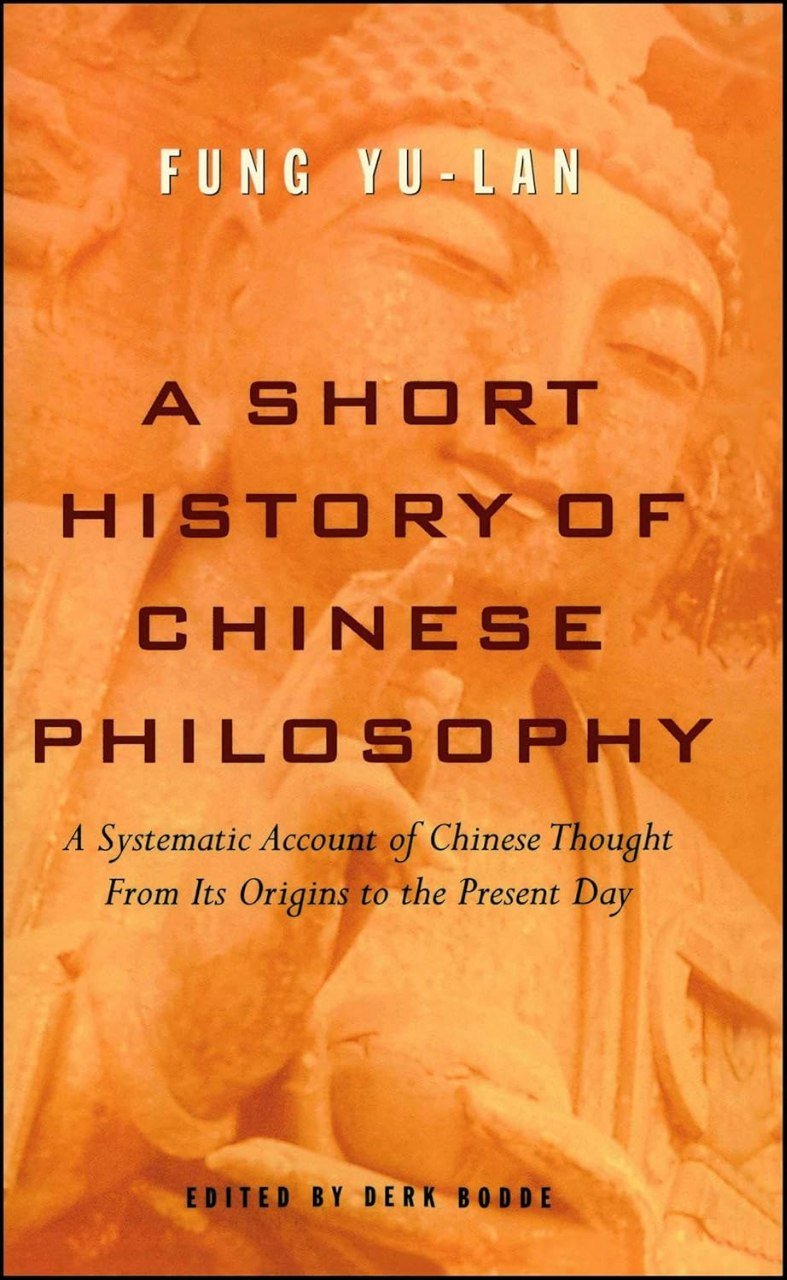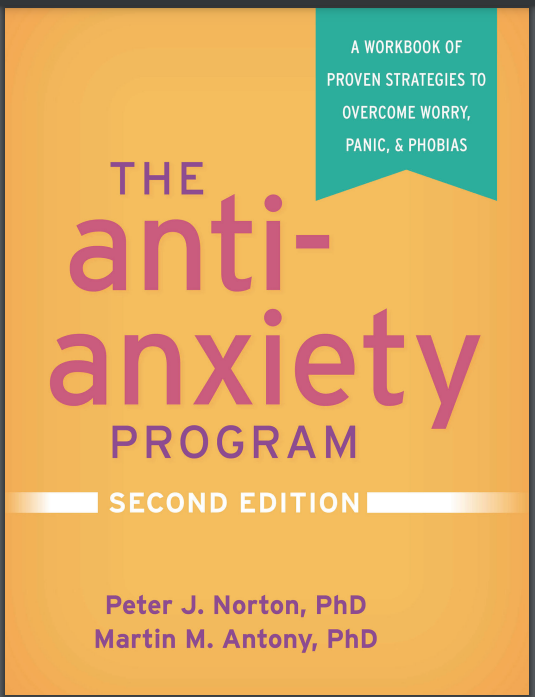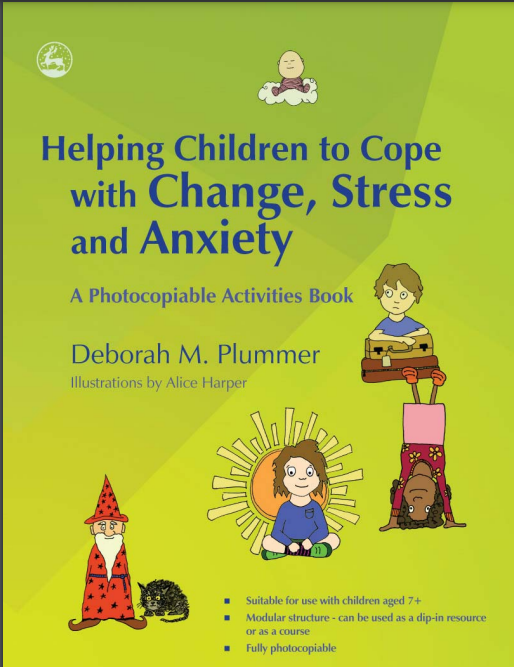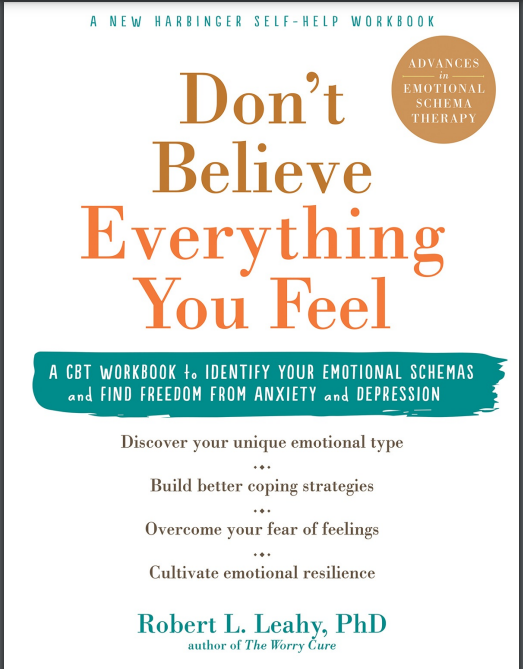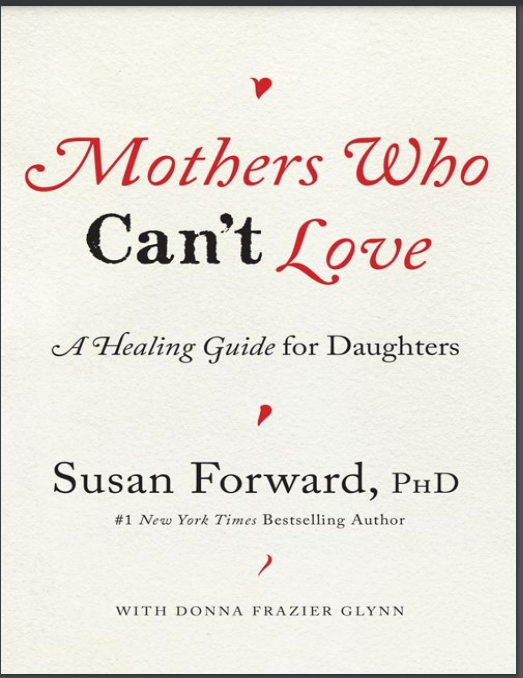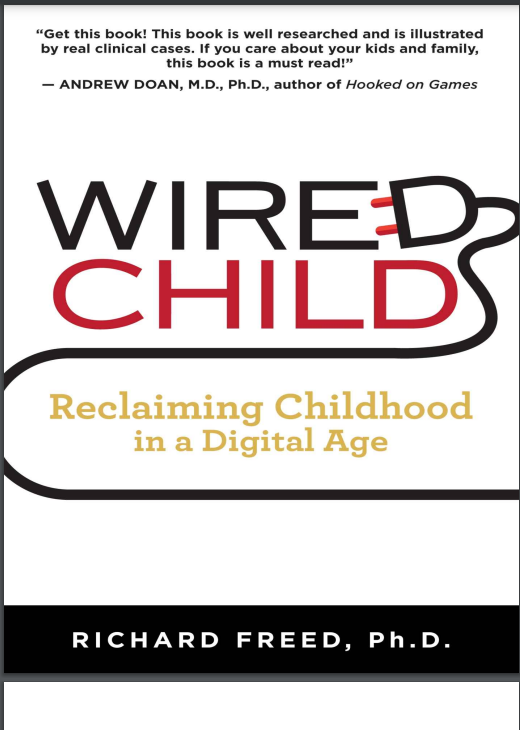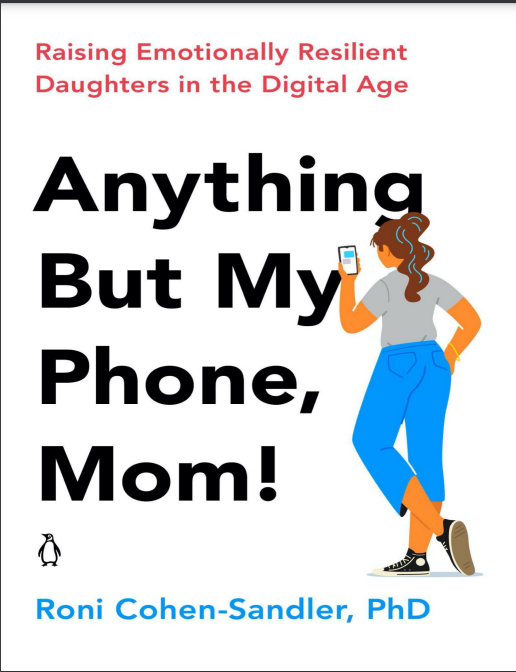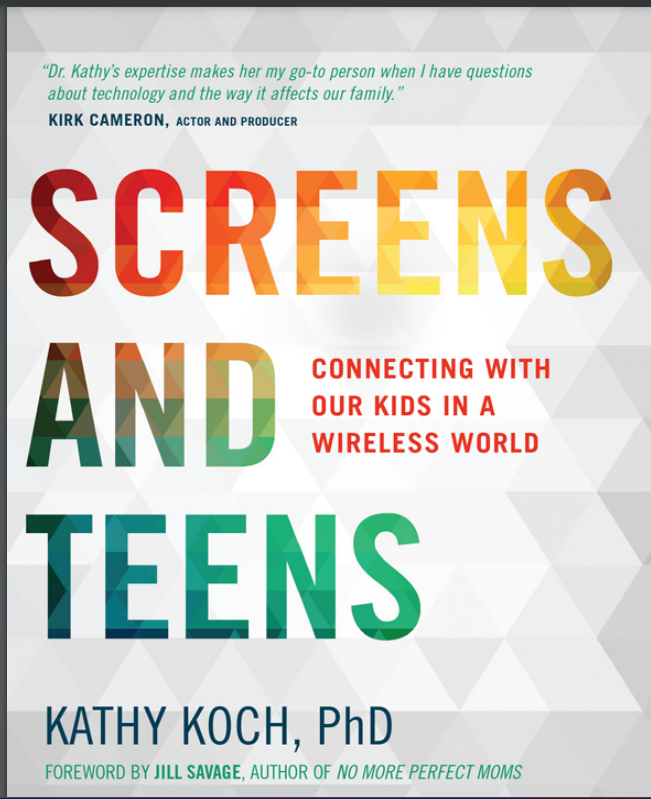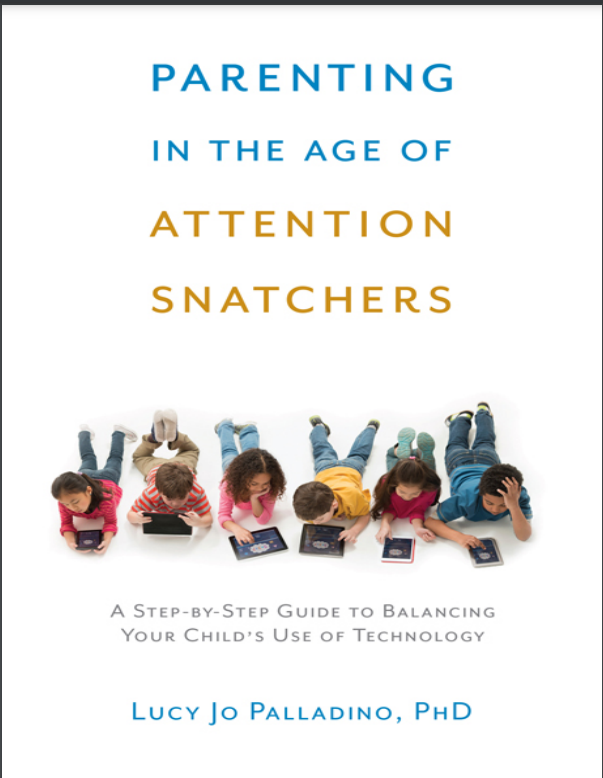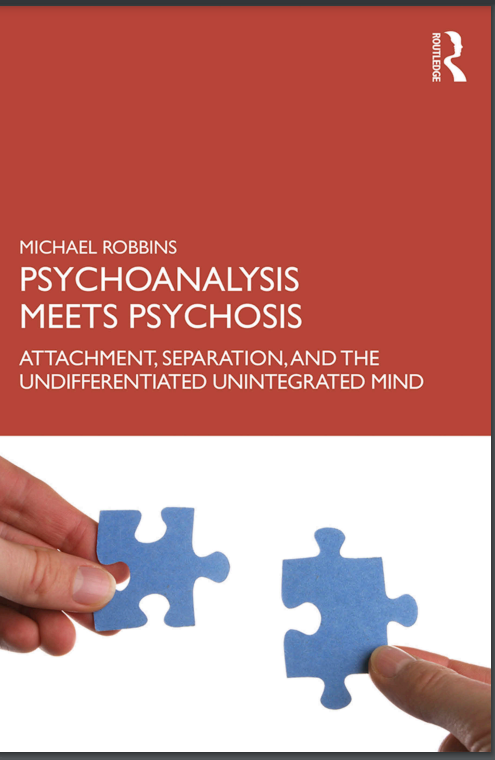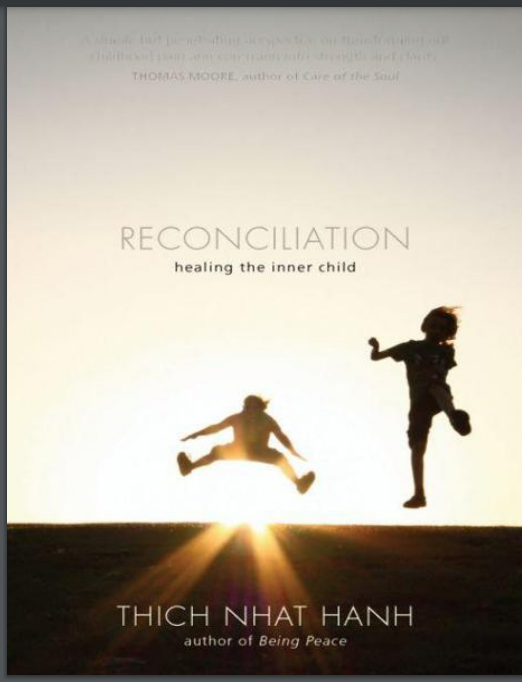

Worlding Cities: Asian Experiments and the Art of Being Global
Reviews
No review yet. Be the first to review this book!
Description
Worlding Cities: Asian Experiments and the Art of Being Global, edited by Ananya Roy and Aihwa Ong, is a groundbreaking volume that challenges conventional narratives of urbanization and globalization by focusing on the dynamic and often experimental urban transformations taking place across Asia. Rather than viewing Asian cities as merely catching up to the Western urban experience or as peripheral sites of globalization, this book argues for a conceptual shift—recognizing these cities as active producers of new forms of urbanism and global modernity. The editors introduce the concept of "worlding" as a way to describe how cities in Asia are not just shaped by global forces but are actively engaging with and reshaping global urban trends in creative, context-specific ways. "Worlding" refers to the complex and imaginative processes by which these cities articulate their own forms of modernity, often through large-scale urban projects, innovative governance strategies, and cultural productions that assert a distinct presence on the global stage. The book features a series of essays and case studies from prominent scholars across disciplines, focusing on cities like Shanghai, Singapore, Mumbai, and Dubai. These cities are analyzed as laboratories of urban experimentation—sites where new forms of governance, architecture, and social life are being invented. The contributors explore how these urban spaces negotiate issues of inequality, informality, migration, and citizenship within the larger ambitions of becoming "world-class" or "global" cities. Aihwa Ong and Ananya Roy emphasize that these Asian experiments are not simple imitations of Western models, but rather unique adaptations and reconfigurations that speak to local histories, politics, and cultural aspirations. The essays examine topics such as technocratic planning in Singapore, speculative urbanism in India, the role of migrant labor in Dubai, and ecological urban design in China. Throughout, the contributors highlight both the opportunities and contradictions embedded in these ambitious projects of urban transformation. Worlding Cities also questions the normative frameworks of urban theory, which have historically privileged Western cities as the model for understanding urban life. By centering the experiences of Asian cities, the book calls for a rethinking of urban theory that is more inclusive of diverse urban trajectories and practices. It promotes an understanding of globalization as a plural and contested process, rather than a uniform, Western-led phenomenon. Rich in ethnographic detail and theoretical insight, Worlding Cities is essential reading for urban scholars, planners, and anyone interested in the shifting landscapes of global urbanism. It offers a fresh perspective on how cities in Asia are not just participants in globalization, but are actively shaping what it means to be modern and global in the 21st century.






















.jpeg)




.jpg)




.jpeg)


















.jpeg)










.jpg)
.jpeg)

.jpg)

.png)










.jpg)




.jpg)
.jpg)
.jpeg)

.jpg)


.jpg)






